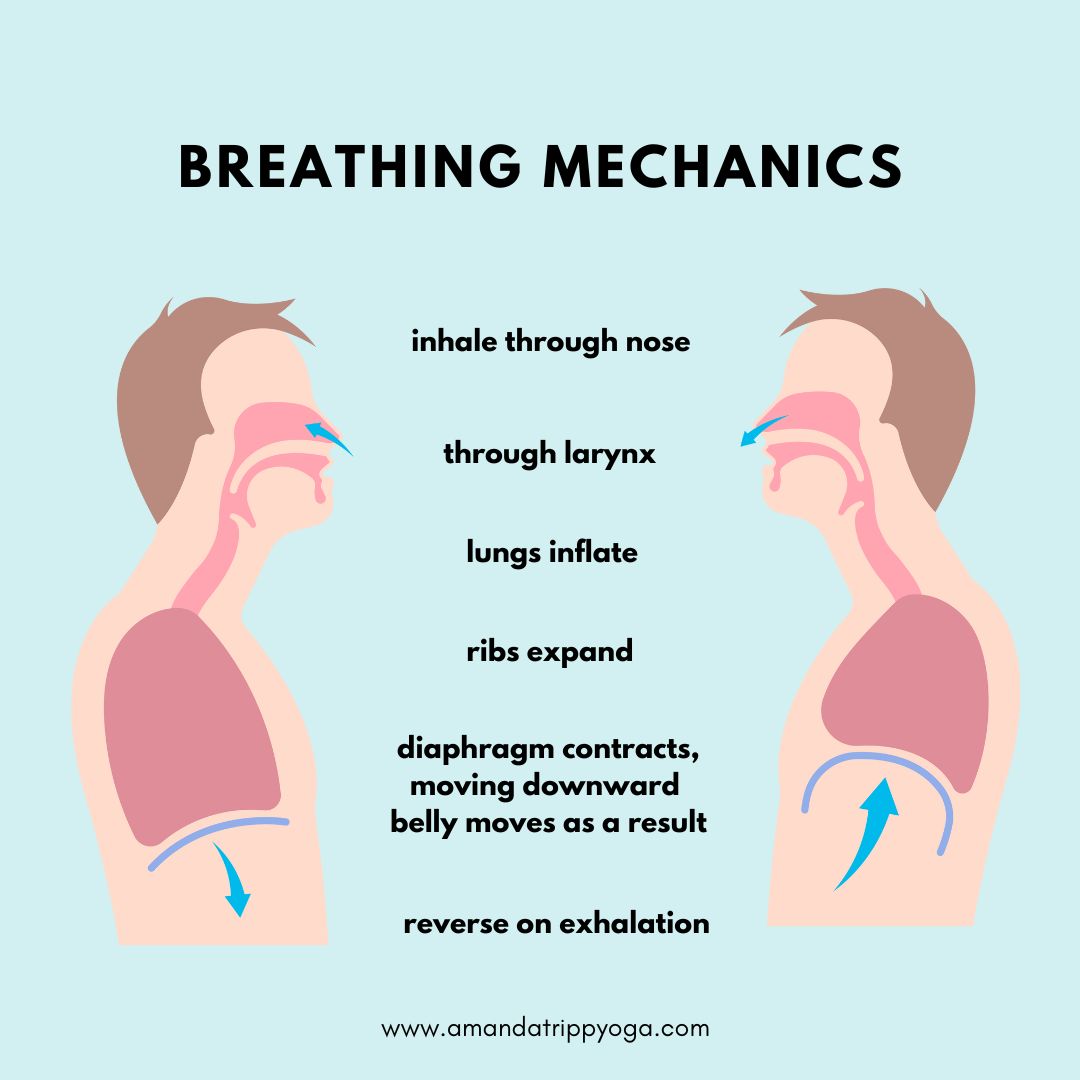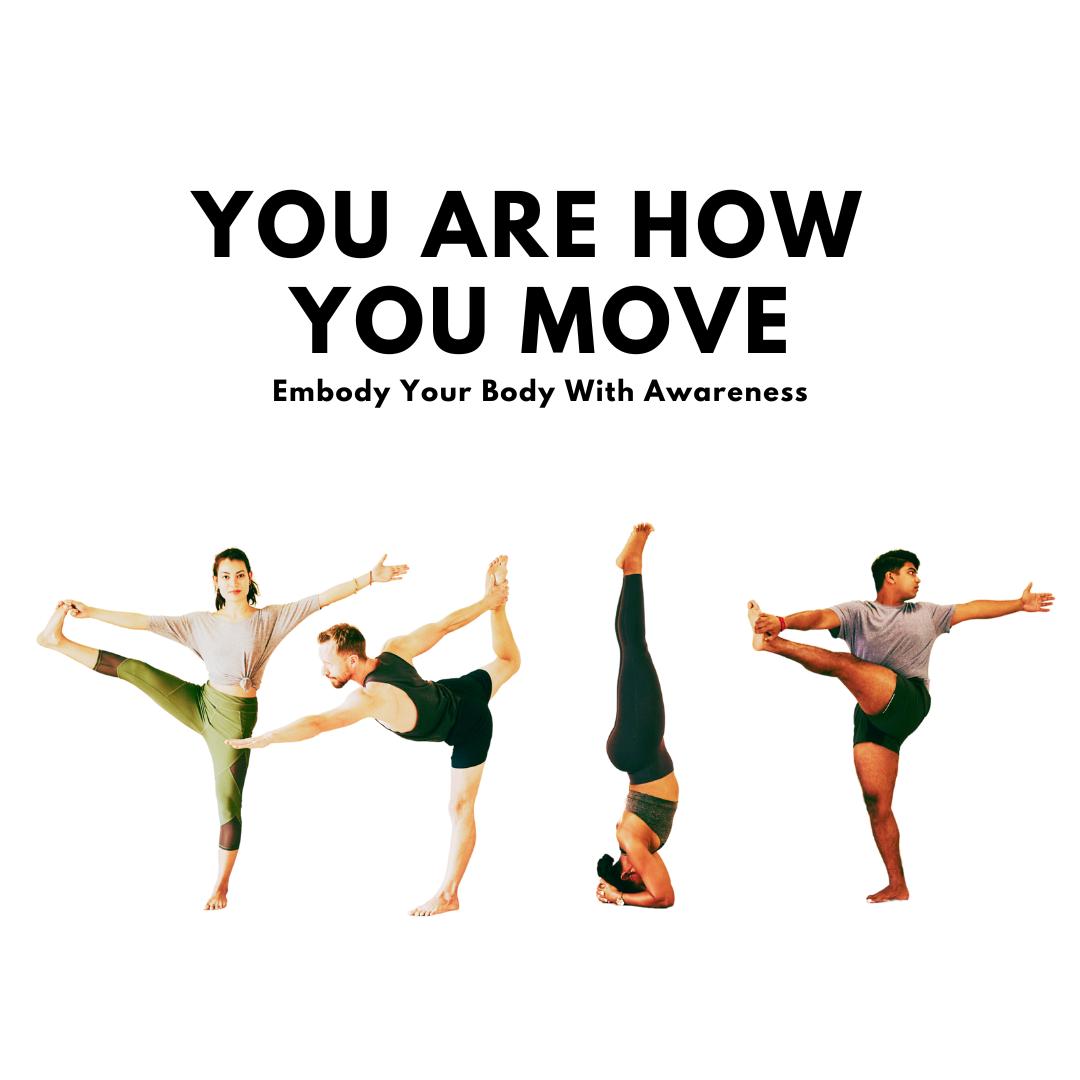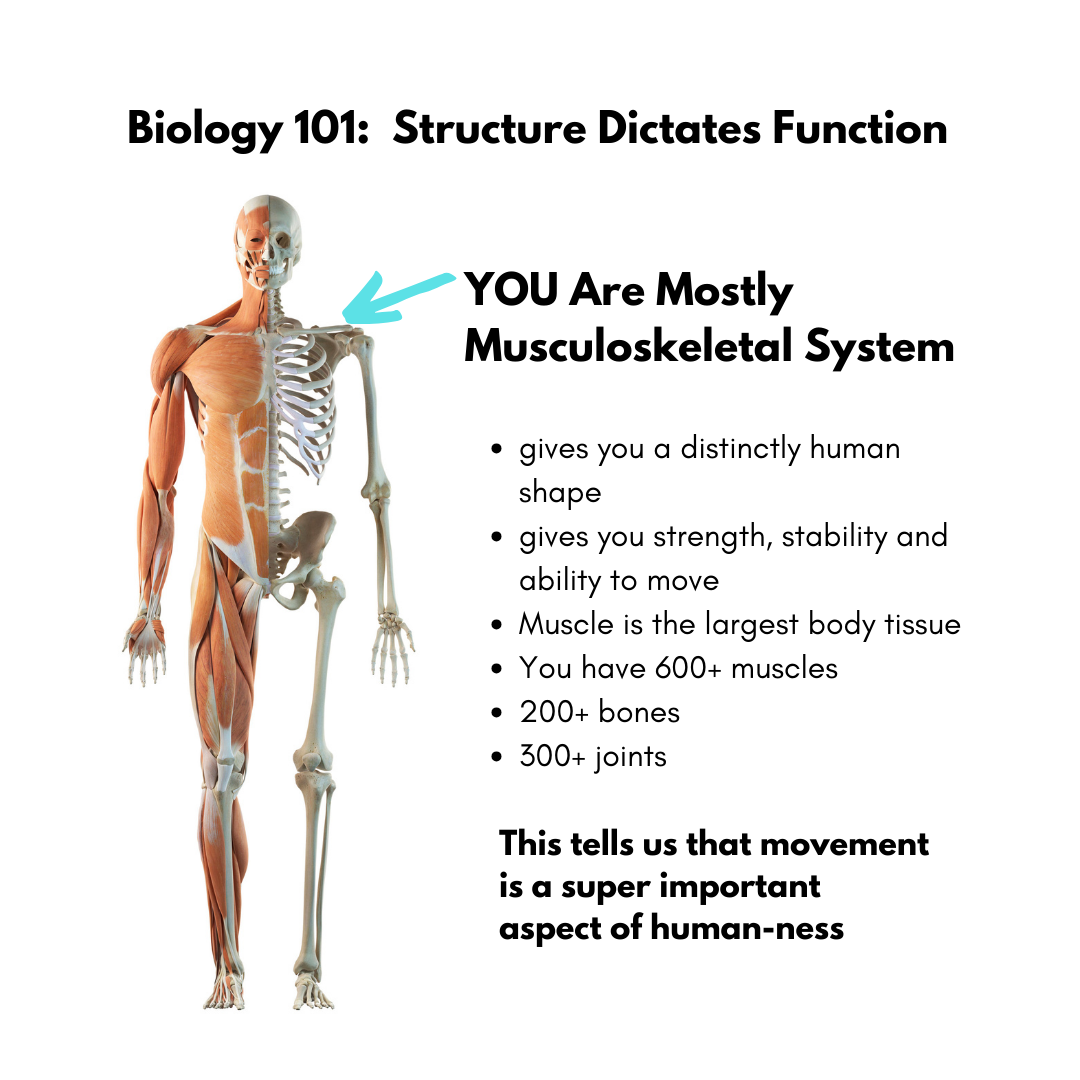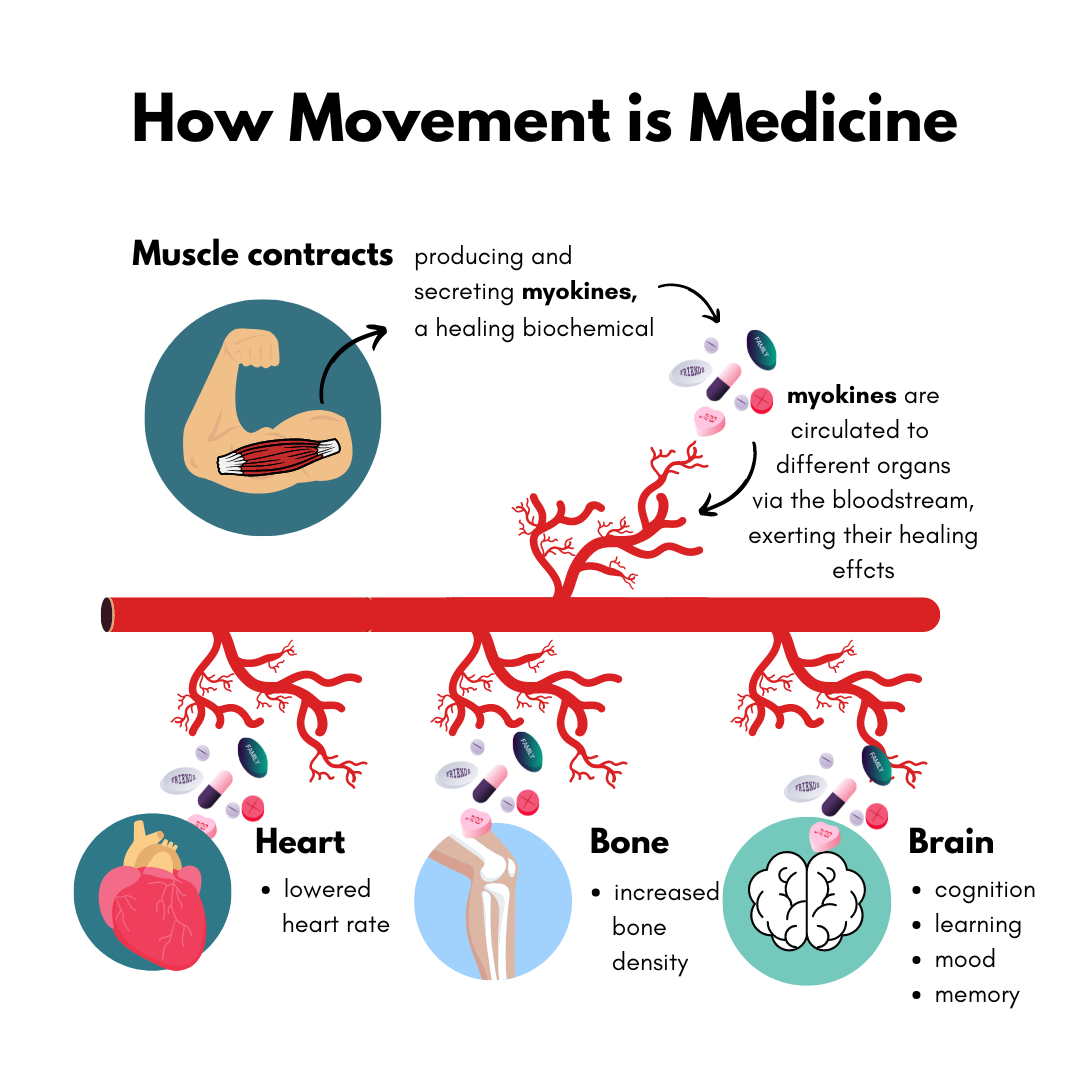|
When people know they’re dying, they often become reflective. In those final moments, if fear doesn’t consume us, we get the chance to take one last long look at life. This was the case with my dad. Over the previous seven years, his lungs slowly filled with scar tissue, making it increasingly difficult to breathe. During the last week of his life, I sat by my father's bedside, sharing profound philosophical conversations and observing how he dealt with his imminent death. He faced it with tremendous grace and acceptance. As a yoga teacher, I often talk about how yoga can help us navigate life better. In my dad’s final days, I realized that yoga also has a lot to teach us about how to navigate death. One morning, my dad asked, “What have you learned from yoga?” Before I answer, I’ll preface what I’m about to say: How we experience death depends on a number of things: circumstances, culture, religion, beliefs, past experiences, and more. Some see death as an ending, others as a beginning, a doorway to the beyond. For some, it’s a form of condemnation. For others, redemption. For many, saying goodbye to a loved one causes deep suffering. Ultimately, how we interpret and find meaning in death is personal. When I reflected on my dad’s question: What have I learned from yoga? I considered what would be helpful in his dying moments. A quote from Ram Dass kept running through my head: “Dying is completely safe. It’s like taking off a tight shoe.” Watching my dad struggle to breathe, I knew his death would indeed feel like taking off a tight shoe, ending his suffering. I also thought about the yogic concept of the five Kleshas. Instagram might suggest that the purpose of yoga is to master a handstand, but yoga’s true aim is to bring us into a state of blissful absorption in the oneness of everything (samadhi). To reach this state of bliss, we must first address the problem of human suffering. According to yoga philosophy, the cause of suffering is rooted in the Kleshas: five mental obstacles that cloud our perception and understanding. The 5 Kleshas are Ignorance, Ego, Attachment, Aversion, and Fear of Death. They are universal and affect us all. If we don't address them during our lifetime, we will inevitably face them at the moment of death, whether our own or that of a loved one. The 5 Kleshas 1. Ignorance (Avidya) Ignorance is a misunderstanding about the nature of reality and is considered the root cause of all suffering. It leads us to believe that the temporary aspects of ourselves are our true selves, confusing the impermanent (the body) with the permanent (love and consciousness). Under the influence of ignorance, we mistake what is visible for what is essential. In his book Light on Life, BKS Iyengar says, ‘Your whole world is upside down because you take the artifacts in your living room to be more real than the unity that connects us all.’ It’s a human tendency to focus on what is visible, rather than what is essential and unseen. Ignorance causes us to perceive ourselves as separate from nature and from each other, but this is a trick of the eye. It’s an illusion. Yoga reminds us that our true self is pure consciousness, which is eternal and beyond the physical body and mind. 2. Ego (Asmita) When we forget our true self, we anchor our sense of self to the ego, our sense of "I-ness." The ego identifies with our positions and possessions in life and attaches itself to labels, roles, and identities (e.g., “I am successful”, “I am a parent”). It focuses on what makes us ‘different,’ ‘special,’ and at its worst, what makes us ‘more’ or ’less’ than someone else. This attachment to labels, roles, and identities, obscures our true nature and creates a sense of separation from others. By understanding and transcending the ego, we can move toward unity, compassion, and inner peace. 3. and 4. Attachment and Avoidance (Raaga and Dvesha) Attachment and Avoidance are two sides of the same coin. Both are responses to our desires and preferences, driven by motivation to seek pleasure and avoid pain. Attachment is the tendency to cling to pleasurable experiences, objects, or people, while aversion is the tendency to push away unpleasant experiences. Attachment and avoidance can pull us into cycles of negative thinking and fear when what-ifs and worst-case scenarios plague our minds as we worry about how to avoid what we don’t want — sorrow, pain, and loss. By becoming aware of our attachments and aversions, we can see how they dominate our thoughts, emotions, and actions. They cause us to resist life’s natural ebb and flow. Life ONLY guarantees us a mixed bag of experiences: births, deaths, love, breakups, financial wins, and losses. The path to peace isn’t in clinging desperately to the sweet stuff in life. It’s learning to greet the inevitable highs and lows with equanimity. We can’t stop pleasant experiences from ending any more than we can prevent unpleasant ones from starting. What we can stop is attempting to resist and control the natural flow of life. When we accept life, we also accept change. 5. Fear of Death (Abhinivesha) Clinging to life is the ultimate attachment, hard-wired into our DNA. Death forces us to confront all 5 Kleshas. We fear death because we take the physical world to be more real than love and consciousness. We fear death because we mistakenly attach our identity to our bodies and individuality instead of realizing our essential connectedness with the universe and with each other. We fear death because it means letting go of everyone and everything we’ve loved in life. We fear death because it might not be pleasant. Yoga aims to end this suffering by connecting us with our true self. We experience our true self in moments of awe, peace, and connection. These moments remind us that the path to blissful one-ness with everything isn’t something we reach for outside ourselves. To achieve this state (samadhi), we must go in. Everything is Okay (Even When It’s Not) Freeing ourselves from the Kleshas reveals that everything is, and always has been, perfectly okay, including death. Death is a natural part of life, reminding us of love, interconnection, and transformation Savasana: Practicing Letting Go One of the simplest and most profound practices for grappling with the Kleshas is savasana (corpse pose). In savasana, we lie on our backs, fully relaxed, and surrender. This practice represents the death of the ego. There is nothing to do, to get, or to achieve in Savasana. By surrendering to stillness, savasana helps us let go of yearning and grasping for external sources of happiness. In his book Light on Life, B.K.S. Iyengar describes savasana as a process of shedding our thoughts, prejudices, preconceptions, and future projects, leading to a temporary loss of identity and a state of pure awareness. At the time of death, we must ultimately release all identities, including our attachment to our bodies. Iyengar explains, "To lose identity is to find out who we are not." In finding out who we are not, we find out who we are. In savasana, we feel present and formless, experiencing an absence of specific identity. This relaxation allows us to transcend our everyday roles (parent, partner, worker) and realize their temporary nature. At the time of death, we must release all identities, including our attachment and identification with our bodies. When we take off our social masks in savasana, neither the past nor the future taints the present. Savasana represents being without “was” or “will be.” Present moment awareness, free from movement and time emerges. The ultimate goal of yoga is to live outside of time, but inside its essence – always in the present. Savasana is the key to this understanding. It’s not just about relaxation. Savasana places us on the edge of one of life’s greatest mysteries! A Final Lesson Just a few days before he passed, my dad and I had a rare morning alone. He felt reflective and wanted to talk philosophy. He told me he’d recently realized that time and distance were illusions. Though I didn’t fully understand how he arrived at his epiphany (something about seeing it in the way a paint roller left marks on a wall), I completely understood what he was trying to tell me on a deeper level: that when he left his body, it would look like there was time and distance between us, but that was an illusion. And he didn’t want me to be fooled by appearances. And that was when he asked “What have you learned from yoga?” Our interconnectedness transcends the bounds of time and space. Love is always present, and we don’t have to see each other again for it to remain. Sources:
The Yoga Sutras of Patanjali Light on Life by B.K.S. Iyengar https://www.ramdass.org/death-dying/
1 Comment
I’m turning 50 this year and feeling pretty fabulous! My relationship with my body wasn't always as positive as it is today, though. In my 20s and early 30s, I struggled with chronic, debilitating low back pain and terrible migraine headaches - afraid of my own body; the pain it caused me and afraid that I would never find a way out of pain. On the road to healing, I encountered a lot of brilliant teachers, and learned 5 very powerful lessons that transformed my relationship with my body and liberated me from pain. These lessons, rooted in the synergy of movement and mindfulness, have become my guiding principles for continuing wellness. And I want to share them with you in the hopes that they will help you live better in your body too. LESSON1: EVERY MOMENT IS MOVEMENT To explain this concept, I give you the brilliant biomechanist and movement teacher, Katy Bowman. This is a video promo for her book, Move Your DNA. Every moment is movement. We can overdose on certain movements, like sitting, and under dose on others, like running, lifting, climbing or squatting. For many people, pain and dysfunction set in simply because we do not move enough or we're not getting enough variety of movement in our lives. My pain was definitely due to a sitting overdose. When I really *got* that the movement choices l was making were the cause of my pain, it lead to me to make radical changes. I began phasing myself out of my desk job and started a transition into teaching movement full time. As a direct result of moving more and sitting less, I resolved my pain problem. This is because... LESSON 2: HUMAN BEINGS ARE DESIGNED TO MOVE We’re living in an age of unprecedented sedentarism. As a species, we’ve never moved less. And that’s a problem - because human beings are designed to move. One of the basic principles of biology is that: structure dictates function And if you look at the structure of the human body – the bulk of it is dedicated to movement. This structure of our bodies evolved in harmony with the environment we lived in for millenia - which is nothing like the environment we are living in today. Bodies evolved to move through ‘the wild’ to get the things we needed for our survival – to gather food, build shelter, find a mate, chop wood, carry water, climb trees, and run to chase down a water buffalo for dinner - or run away from a water buffalo for safety. We moved all day, every day; not just for 30 minutes on a treadmill 3 times a week. We’ve created a world we no longer need to move through to survive in. As a result, many of us move very little. We no longer have to chop wood or carry water, we can just turn up the thermostat and turn on the faucet. That’s left us with a problematic mismatch between the way our bodies have evolved to function optimally and the ways we’re using them. We’ve outsourced movement everywhere in our lives – right down to the chairs we’re sitting on. Chairs are a form of technology meant to make our lives easier – but they’re not really saving us from anything - except having to use our postural muscles to hold ourselves up. And that's what most conveniences really do - save us from having to move. But the fact of the matter is that we need more movement in our lives. Not less. This is why exercise was created. To re-introduce the movement we’ve outsourced to technology but that our biology needs to function optimally. We literally have to go to an exercise class to learn how to push, pull, and lift things; to learn to use our postural muscles or engage out glutes because modern technology has rendered us unable to perform the most basic human movements. We’ve known for a long time that we are designed to move and that exercise is good for our health. Recent science has done a lot to further our understanding of WHY and HOW this is so. It turns out that skeletal muscles do more than move us, they are actually endocrine organs that secrete healing biochemicals into your bloodstream when you use them. This leads me to... LESSON 3: MOVEMENT IS MEDICINE Stanford Health Psychologist, Kelly McGonigle explains Here's a quick recap: Myokines can:
And that’s just a short list. The research on myokines is inspiring and astounding. This understanding helps you to... LESSON 4: EMBODY YOUR BODY WITH AWARENESS Central to my journey to wellness – and to yours – is being aware of how you use (or don’t use) your body and the effect that has on your biochemistry, mood, and overall health and well-being. Repeat after me: ‘I embody my body with awareness.’ Then make a practice of really paying attention to the way you move and the way you feel. Make that connection and make course corrections as you go. LESSON 5: YOU ARE HOW YOU MOVE I’m a living testament to the transformative power of movement and mindfulness. By embracing these principles, I overcame chronic pain and cultivated a healthier, more harmonious relationship with myself. Along the way, I learned that movement is more than a physical endeavor, it can be a profound act of healing and self-care. As we navigate our modern world marked by sedentarism and disconnection, let’s reclaim our birthright to movement. Through movement, we can find healing and liberation—the freedom to embrace our fullest potential and embody the best versions of ourselves.  As a seasoned yoga teacher, I’m often asked about 'the right way' to breathe. The truth is, there isn’t one definitive answer. The right way to breathe varies depending on your activity – running, reading quietly, or experiencing moments of pleasure or stress. Though if we consider breathing from a purely mechanical viewpoint, I suppose the correct way to breathe is this:  The mechanical act of breathing is absolutely essential for life and is the least interesting way to think about breathing. Your breath has the potential to do so much more than just keep you alive by moving air in and out of your person. By changing your breathing patterns – how long you inhale/exhale or how long you pause between breaths or how you vocalize, you can actually change your mental/emotional states and your physical health. Your breath can serve as a gateway to improved physiological and psychological well-being, influencing every system in your body, including digestion, nervous system function, energy levels, and more. When stressed, your breath becomes shallow, but by changing your breathing patterns, you can nudge your nervous system towards relaxation mode and positively affect bodily functions that aren't normally under your conscious control. The nervous system operates in two main modes: the somatic nervous system, which governs voluntary movements, like moving your arm or taking a walk, and the autonomic nervous system, responsible for involuntary functions like digesting your lunch and controlling your heart rate and blood pressure. Unlike voluntary actions controlled by the somatic system, the autonomic system functions automatically, responding to stress or relaxation. Understanding this distinction is crucial, as it highlights the unique role of breathing, which interfaces with both systems, and offers us a pathway to influence our stress response. Regular pranayama practice can shift the body out of stress mode, leading to improved overall health. Each pranayama technique offers specific benefits, allowing for targeted improvements in mental and physical well-being. Having a toolbox of breathing techniques at your disposal means you can choose ‘the right way to breathe’ for your situation. Whether you want to soothe your nerves before public speaking, sleep better, improve focus, or whatever the moment calls for. 3 Beginner-Friendly Breathing Practices To Try 1. Breath Awareness: As the foundation of all breathing techniques, breath awareness is the perfect starting point for your exploration. How To: Close your eyes and focus inward on the gentle rhythm of your breath. As you breathe in, notice that you’re breathing in. As you breathe out, notice that you’re breathing out. Guided Practice 2. Cardiac Coherence: This breathing technique harmonizes your breathing rhythm with your heartbeat, using a form of biofeedback to tap into inner tranquility. How To: Place your hands over your heart and feel its steady rhythm. Then sync up your breath with the rhythmic beating of your heart. Guided Practice: 3. Bhramari Breathing Bhramari, or Bumblebee breath, harnesses the power of humming to vibrate and stimulate your vagus nerve (the primary nerve associated with your relaxation response) and increase your body’s production of Nitric Oxide (NO), a powerful vasodilator, mood booster, memory enhancer and germ fighter. How To: Find a comfortable seat. Close your eyes. Inhale deeply and make a humming sound as you exhale, like the sound of a buzzing bee. Guided Practice: Health benefits of relaxing pranayama
· Stress relief: by simply paying attention to your breath, it tends to shift into a slower, deeper pattern that induces a state of calm · Presence: focusing on your breath shifts your focus away from incessant mental chatter. Worries and rumination fade into the background; fear and anxiety loosen their grip as you focus on what is actually happening in the present moment. Breathing. · Mindful mastery: with practice, you cultivate the skill of noticing when your mind wanders and learn to gently guide it back to your breath. This skill acts like a shield against negative thought patterns. · Neural harmony: by directing attention away from fear and worries, breath awareness diminishes activity in the amygdala (the part of the brain associated with fear), fostering a sense of peace and calm · Better sleep: your tissues repair and your body performs its general maintenance functions while you sleep. A good night’s sleep is also good for your cognition, memory and mood. A daily breathing practice offer numerous health benefits, from stress reduction to improved mood, cognition, and sleep quality. By incorporating just a few minutes of mindful breathing into your routine, you can breathe your way to better health. |
Authormindbalm is a blog filled with ideas that soothe and stimulate. I delve into the rich traditions of yoga philosophy and the latest insights from movement science to bring you content that nurtures your soul and challenges your mind. Whether you're seeking inner peace or looking to expand your understanding of the body-mind connection, mindbalm offers thoughtful articles, practical tips, and inspiring reflections to help you on your journey. Archives
July 2024
Categories |











 RSS Feed
RSS Feed
